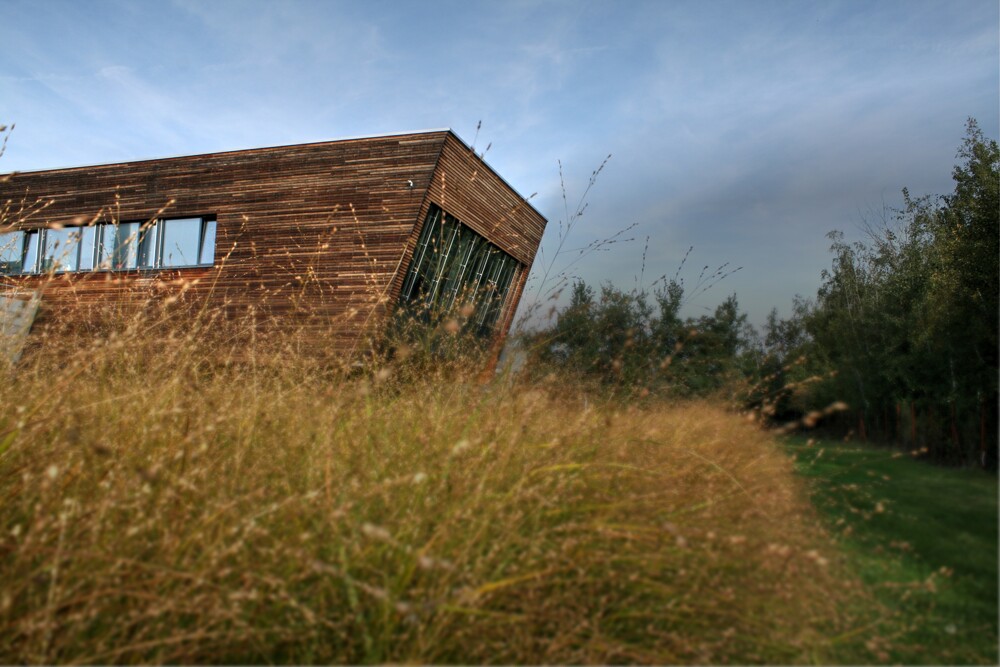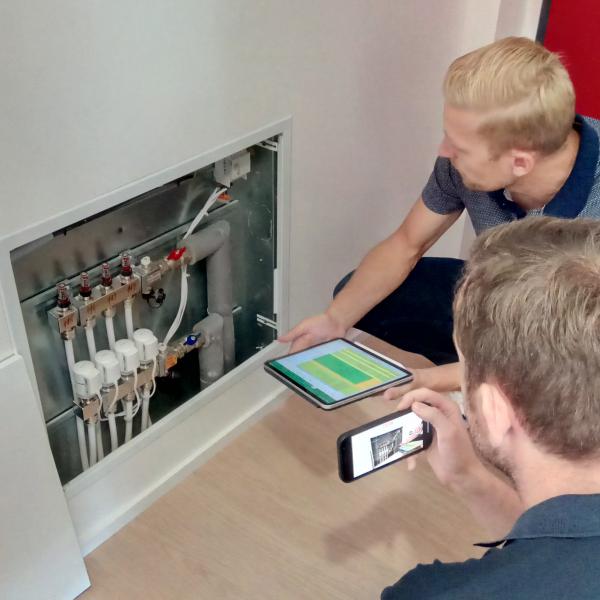

One of the current topics addressed by the University Centre for Energy Efficient Buildings of CTU is the connection of the digital BIM model and the comprehensive assessment of the quality of buildings within their entire life cycle.
Výzkumný projekt BIMIP ongoing at CTU UCEEB within Národního centra kompetence CAMEB (Centre for Advanced Materials and Efficient Buildings) solves the issue of implementing BIM (Building Information Management) into the building life cycle processes. We are collaborating on it with the companies di5 architects and engineers, RD Rýmařov and Siemens. The goal is to verify the use of BIM data both for the comprehensive assessment of building quality in the construction design phase, during construction and its optimization, and for the verification of the real behavior of the building during operation and its comparison with the assumption.
We are verifying the project on the experimental TiCo building located on the campus of the Czech Technical University UCEEB, which was completed at the turn of 2020 and 2021. Since then, we have carried out some tests to determine the quality of the building, for example air tightness measurements or tests of air sound insulation of inter-apartment structures.
Currently, TZB systems are gradually being put into operation, as well as measurement and regulation on the SiHome platform from Siemens. Sensor data is sent to the CTU UCEEB cloud and we are working on an interface for their evaluation.
A so-called digital twin is created for the real building - a BIM model in the Revit program, which contains data information from the design, implementation and operational phases of the building. Data from the model is currently used to verify the SBToolCZ web calculator, which is supposed to help partially automate and thereby simplify the process of evaluating the complex quality of a building.
At the moment, the beta version of the web calculator SBToolCZ 2.0 is close to completion, which, compared to the previous version, includes extensions to other typologies. In addition to the evaluation of apartment buildings, an interface is also prepared for family houses, administrative buildings and schools.